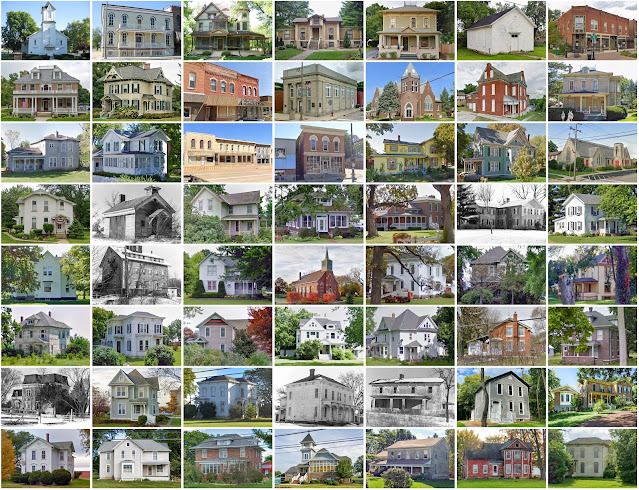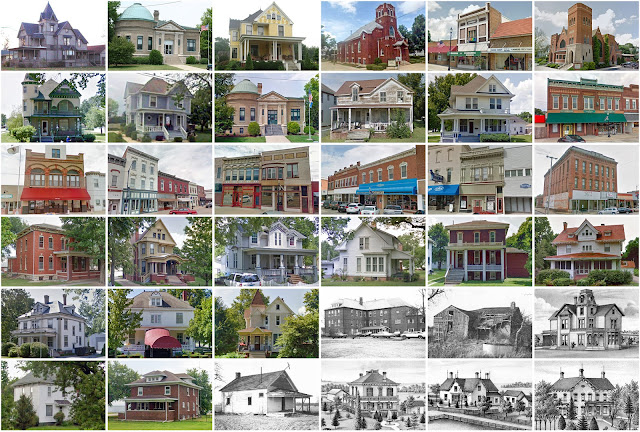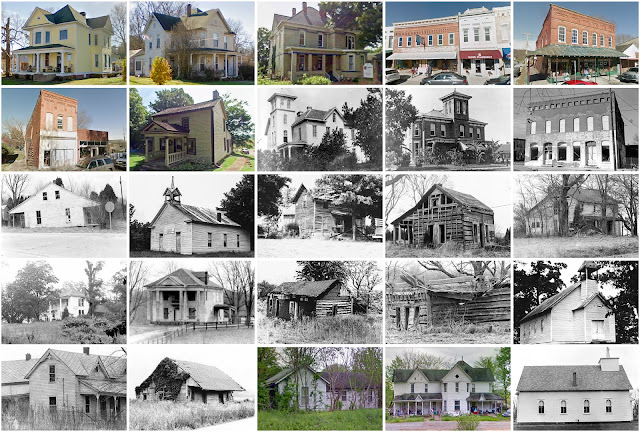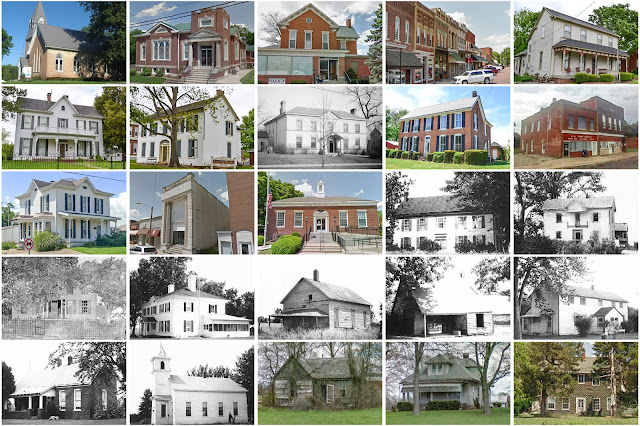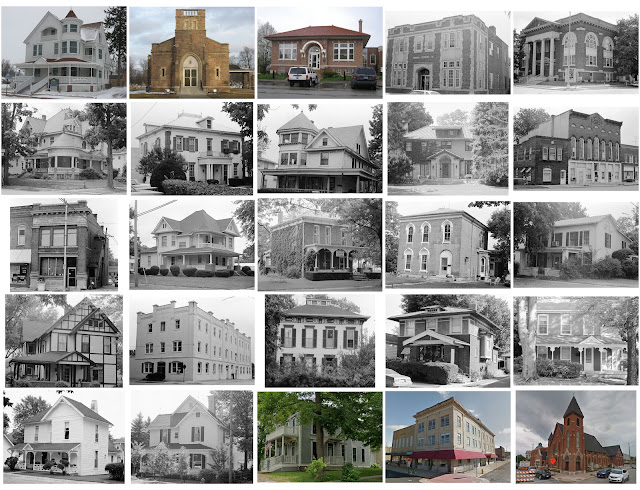Schuylkill County, Pennsylvania
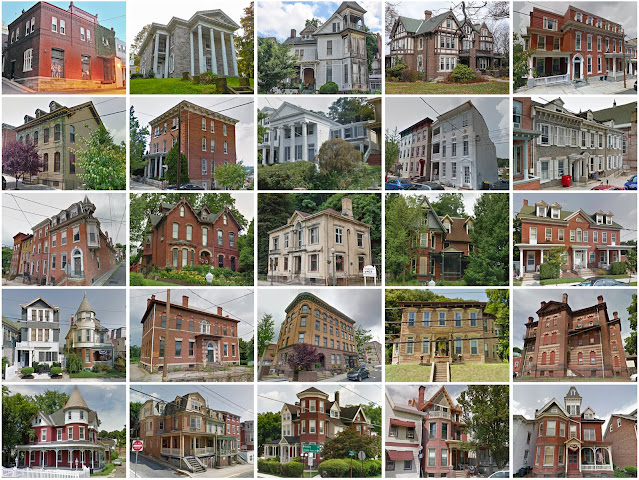
Founding: 1811 Parent counties: Berks and Northampton Namesake: The Schuylkill River Seat: Orwigsburg (1811–1851); Pottsville (1851–) Land area: 779 square miles Population (2020): 143,049 Population (historic): 11,339 (1820); 60,713 (1850); 116,428 (1870); 172,927 (1900); 235,505 (1930) Periods of population growth: pre-1820–1930; 1970s Subdivisions: One city; 29 boroughs; 38 CDPs; 36 townships National Register listings: 21 Pre-1940 residences (estimated): 33,578 (48.1%) Pre-1940 housing survival rate: 65.8% Pre-1860 housing survival rate (1940): 22% Farm housing in disrepair (1950): 5.8% Nonfarm housing in disrepair (1950): 4.7% Average farmhouse value (1930): $1,956 Average outbuilding value (1930): $1,595 Average farmhouse size (1940): 6.9 rooms Number of farms (1920): 2,813 Average farm size (1920): 49.3 acres _________________________________________________________________________________ Pottsville Namesake: John Potts, o


